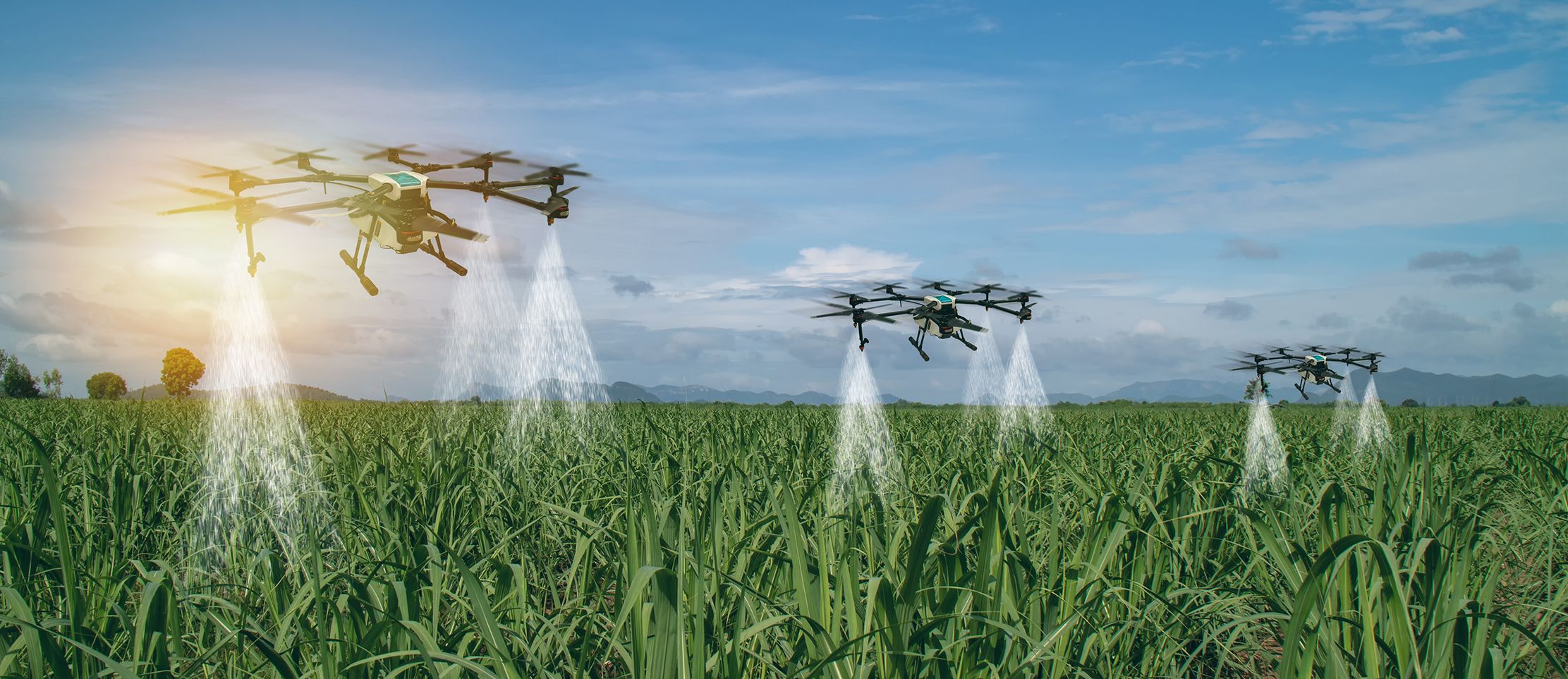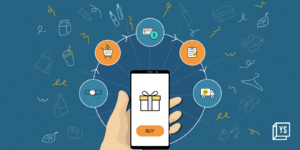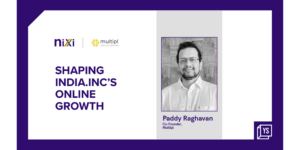
In recent years, the agriculture sector has undergone a transformative wave of technological advancements aimed at optimising processes and increasing efficiency.
One promising innovation is edge computing—a decentralised approach to data processing that brings computational power closer to the source—right to the heart of the fields.
A key advantage of edge computing in agriculture is its ability to facilitate real-time decision-making. With this technology’s integration, data collected from various sources, including UAVs equipped with a combination of imaging technology (hyper-spectral, multi-spectral, infrared, etc.), can be processed and analysed on-site.
This immediacy empowers farmers with timely insights, enabling swift responses to emerging challenges such as pest infestations or diseases.
The combination of drones and high-performance edge computing has emerged as a transformative force in agriculture, offering increased efficiency and a traceable model that revolutionises traditional farming practices.
Real-time precision agriculture
Drones equipped with advanced imaging technologies, such as multi and hyper-spectral cameras, give a very detailed high-resolution map of the farmer’s field. Coupled with powerful miniaturised edge computing SBCs, the collected data can be analysed on-site in real-time.
This synergy allows for immediate and precise decision-making, enabling farmers to gain instant insights into crop health, soil conditions, and potential issues like pest infestations. Real-time precision agriculture becomes a reality, enabling proactive measures to optimise yields and reduce losses.
Reduced time lag and enhanced latency
Edge computing—deployed directly on drones or at field-level edge devices—minimises the time lag between data acquisition and analysis. This reduction in latency is crucial for timely responses to dynamic agricultural conditions.
By leveraging computing power on the edge, farmers can act swiftly based on up-to-the-minute information, whether adjusting irrigation, applying fertilisers, or addressing emerging threats. The combination of drones and edge computing accelerates decision-making processes in agriculture.
.thumbnailWrapper
width:6.62rem !important;
.alsoReadTitleImage
min-width: 81px !important;
min-height: 81px !important;
.alsoReadMainTitleText
font-size: 14px !important;
line-height: 20px !important;
.alsoReadHeadText
font-size: 24px !important;
line-height: 20px !important;

Bandwidth optimisation and cost efficiency
Drones generate vast amounts of data, particularly when equipped with high-resolution imaging technologies. Edge computing plays a vital role in optimising bandwidth usage by processing data locally.
Instead of transmitting massive datasets to centralised servers, only relevant information is sent, conserving bandwidth and reducing the load on networks. It enhances data transmission efficiency and contributes to cost savings, making precision agriculture more accessible and sustainable.
Enhanced traceability and accountability
The integration of drones and edge computing fosters a traceable model in agriculture. Drones provide a detailed and comprehensive view of fields, while edge computing ensures this data is processed locally, enhancing traceability.
The decentralised approach to data processing contributes to increased transparency and accountability in the agricultural supply chain. Farmers have greater control over their data, and the traceable model builds trust from farm to consumer.
.thumbnailWrapper
width:6.62rem !important;
.alsoReadTitleImage
min-width: 81px !important;
min-height: 81px !important;
.alsoReadMainTitleText
font-size: 14px !important;
line-height: 20px !important;
.alsoReadHeadText
font-size: 24px !important;
line-height: 20px !important;

Real-time data analysis for critical applications
Drones, when integrated with advanced imaging technologies, provide high-resolution field maps, enabling farmers to monitor crop health closely, soil conditions, and potential threats such as pest infestations.
However, the true power of drones lies in their ability to collect this data and, through the integration of powerful miniaturised edge computing single-board computers (SBCs), analyse it on-site in real-time.
This combination of drones and edge computing allows for real-time and precise decision-making, empowering farmers with timely insights that are crucial for addressing emerging challenges swiftly.
Whether it’s adjusting irrigation, applying fertilisers, or implementing pest control measures—drones with real-time data analysis capabilities are indispensable tools in modern precision agriculture.
In summary, the combination of drones and edge computing offers transformative benefits in agriculture—from real-time precision farming to reduced time lag and enhanced traceability.
As the sector continues to embrace these innovations, the pairing of drones and edge computing stands at the forefront, reshaping traditional practices and paving the way for a more efficient and transparent agricultural ecosystem.
Rishabh Choudhary is the Director and Co-founder of BharatRohan.
Edited by Suman Singh
(Disclaimer: The views and opinions expressed in this article are those of the author and do not necessarily reflect the views of YourStory.)










